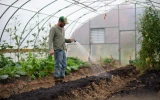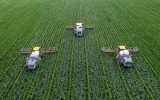Ultimate Guide to UK Smallholding Rules and Regulations
Smallholding in the UK is subject to many regulations and rules. Here you will find all the information you need to navigate the UK's smallholding rules, regulations, and legal requirements.
Smallholders must comply with all UK laws and regulations, including those relating to food safety and animal welfare. They must also ensure that their land and premises are safe for people, animals, and the environment. All activities must be managed responsibly and legally to run a smallholding.
In this guide, you'll find the important factors to consider when setting up a smallholding, as well as the differences in the rules and regulations between the UK and the US. You can also learn about smallholding planning law and its permitted development rights.
Summary
- Smallholdings in the UK are subject to a variety of regulations and rules, which depend on the size and type of the holding.
- The regulations cover areas such as land use, animal welfare, and food safety.
- Generally, smallholders must comply with local authority regulations as well as national and European legislation.
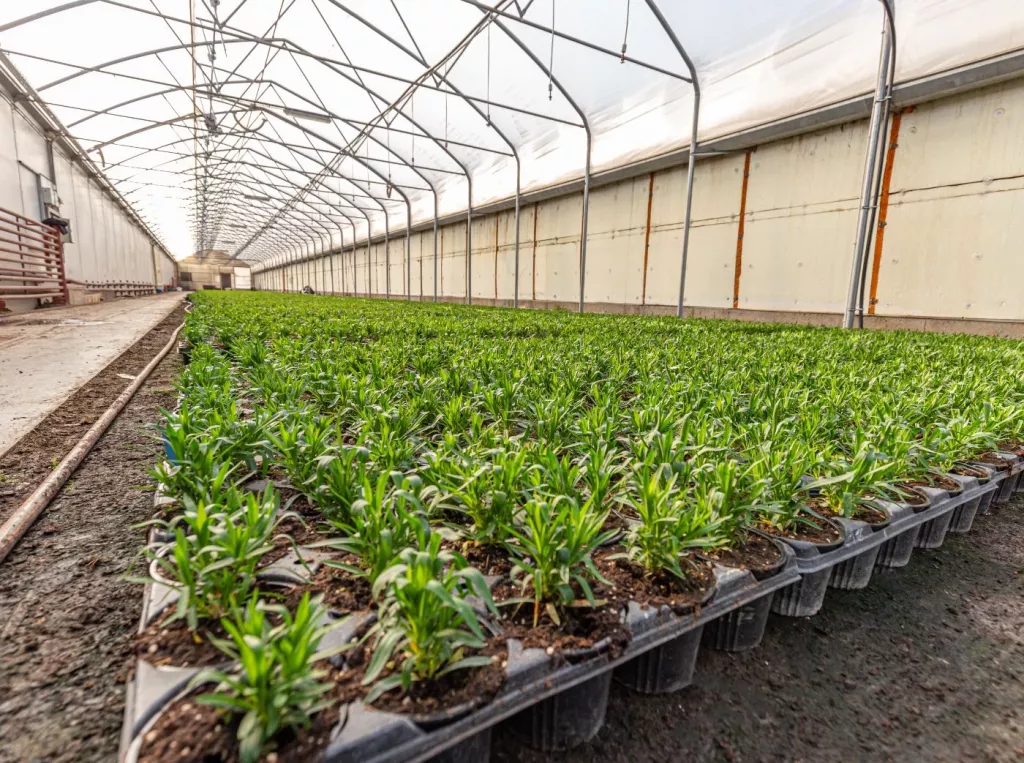
On this page:
10 Smallholding Rules and Regulations in the UK
Whether you're a beginner or an experienced keeper, the UK government guides smallholding rules and regulations, including how to acquire land, tenancy agreements, and legal obligations. (DEFRA, 2021)
- All smallholding owners must obtain a license from their local council to keep livestock or poultry.
- Livestock must be kept in a safe and secure environment, with adequate shelter and food.
- All animals must be kept in a clean and healthy environment, free from disease and pests.
- Livestock must be registered with the appropriate governing body, such as Defra or the British Cattle Movement Service.
- A smallholding in the UK must be kept to a minimum size, typically no more than 1 acre in size.
- All livestock must be tagged with a unique identifier and recorded in an appropriate register.
- All livestock must be checked regularly for signs of ill health or distress and treated appropriately.
- All animals must be provided with access to clean water and sufficient feed.
- All livestock must be vaccinated against any diseases that are endemic to the area, and any outbreaks must be reported to the relevant authority. (NOAH, 2017)
- Smallholdings must ensure that any manure or other waste is disposed of safely and responsibly. (DEFRA, 2013)
15 Smallholding Rules and Regulations in the US
By understanding these rules and regulations, smallholder farmers can ensure that their farming practices are in compliance with the law in the US. (USDA, 2020)
- The applicant must be a U.S. citizen or permanent resident.
- The smallholding must be used for agricultural purposes only.
- The smallholding must be at least five acres in size.
- The smallholding must be managed according to environmentally sound practices.
- No public health or safety risks are allowed.
- All necessary permits and licenses must be obtained before starting any operations. 2023 USDA Farmers Market Rules and Procedures and Operating Guidelines
- Animals must be managed humanely and responsibly.
- All livestock must be vaccinated and dewormed as necessary. (USDA, 2022)
- Livestock must be provided with adequate food, water, shelter, and veterinary care.
- All buildings and structures must meet local zoning and building codes.
- The smallholding must be kept free of weeds and other noxious plants.
- All necessary resources and materials must be managed responsibly.
- The smallholding must be kept in a clean and orderly condition.
- All waste must be disposed of properly and follow local regulations.
- The smallholding must be maintained in a manner that does not cause any nuisance or harm to neighboring properties.
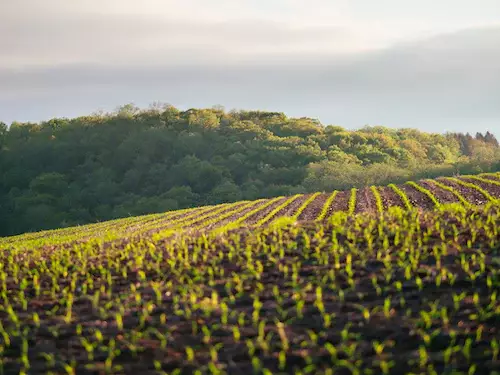
Differences Between US and UK Smallholdings Rules and Regulations
The rules and regulations governing smallholdings differ greatly between the United States and the United Kingdom.
- Size: US smallholdings may not exceed 10 acres, while in the UK, smallholdings can be up to 50 acres.
- Land Use: In the US, smallholdings are typically used for farming, while in the UK, smallholdings are used for recreation, forestry, and even residential purposes.
- Taxation: US smallholdings are subject to local property taxes, while UK smallholdings are exempt from local property taxes.
- Licensing: In the US, smallholdings require a license to operate, while in the UK, smallholdings do not require a license.
- Zoning: US smallholdings must comply with local zoning laws, while in the UK, smallholdings are exempt from zoning laws.
- Subsidies: US smallholdings are eligible for federal subsidies, while in the UK, smallholdings are not eligible for subsidies.
- Property Rights: In the US, smallholdings are typically owned by an individual, while in the UK, smallholdings are often owned by landlords.
Smallholding Planning Law
Smallholding planning law is a set of regulations and guidelines that govern the use of land for smallholding purposes. This set of laws is designed to protect the environment, promote agricultural productivity, and ensure public safety.
These laws are enforced by local planning authorities and include regulations on the size of the smallholding, the location of buildings and other structures, the use of land for growing crops, the type of livestock kept, and the number of animals kept.
Planning permission may be required for certain activities, such as the erection of buildings or fences, and for certain agricultural operations, such as the use of pesticides.
By adhering to these regulations, smallholders can ensure that their land is both productive and safe.
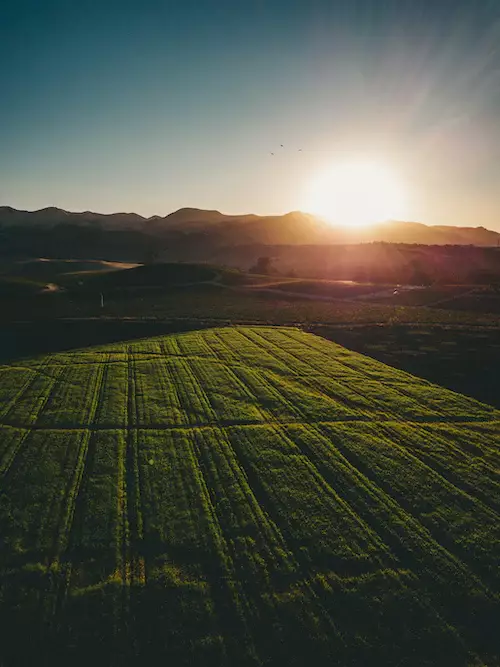
Smallholding Permitted Development Rights
Smallholding permitted development rights are a set of regulations that allow agricultural smallholdings to make certain alterations to their land without obtaining planning permission from the local authority.
These rights are set out in the Town and Country Planning (General Permitted Development) (England) Order 2015, and allow for a range of activities such as the erection of certain types of buildings, the provision of certain types of agricultural buildings, and the installation of certain types of agricultural machinery (Planning Portal, 2019).
The regulations are designed to provide flexibility for smallholders to manage their land in a way that best suits their needs while ensuring that the environment is protected.
Can You Live On a Smallholding
Living on a smallholding can be a rewarding experience if you are the type of person who enjoys spending time outdoors and wants to become more self-sufficient. Depending on the size of the smallholding, you may be able to grow some of your food, raise animals for food or fiber, and have some space to yourself.
One of the main benefits of living on a smallholding is the ability to be more self-sufficient and live a more sustainable lifestyle. However, it can also be difficult and time-consuming to maintain the land and animals. If you are considering living on a smallholding, it is important to do your research and understand the amount of work and dedication that will be required to make it successful.
